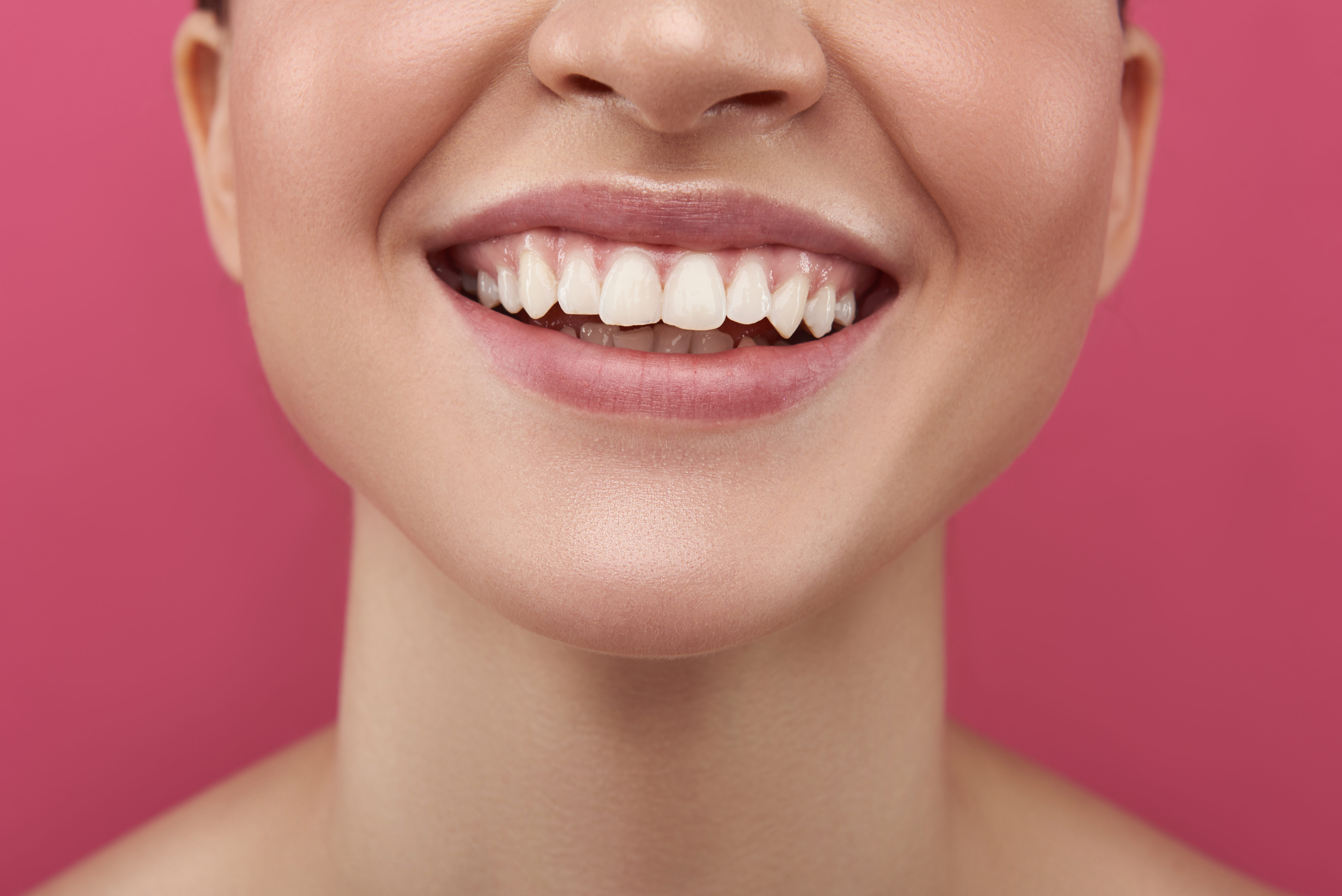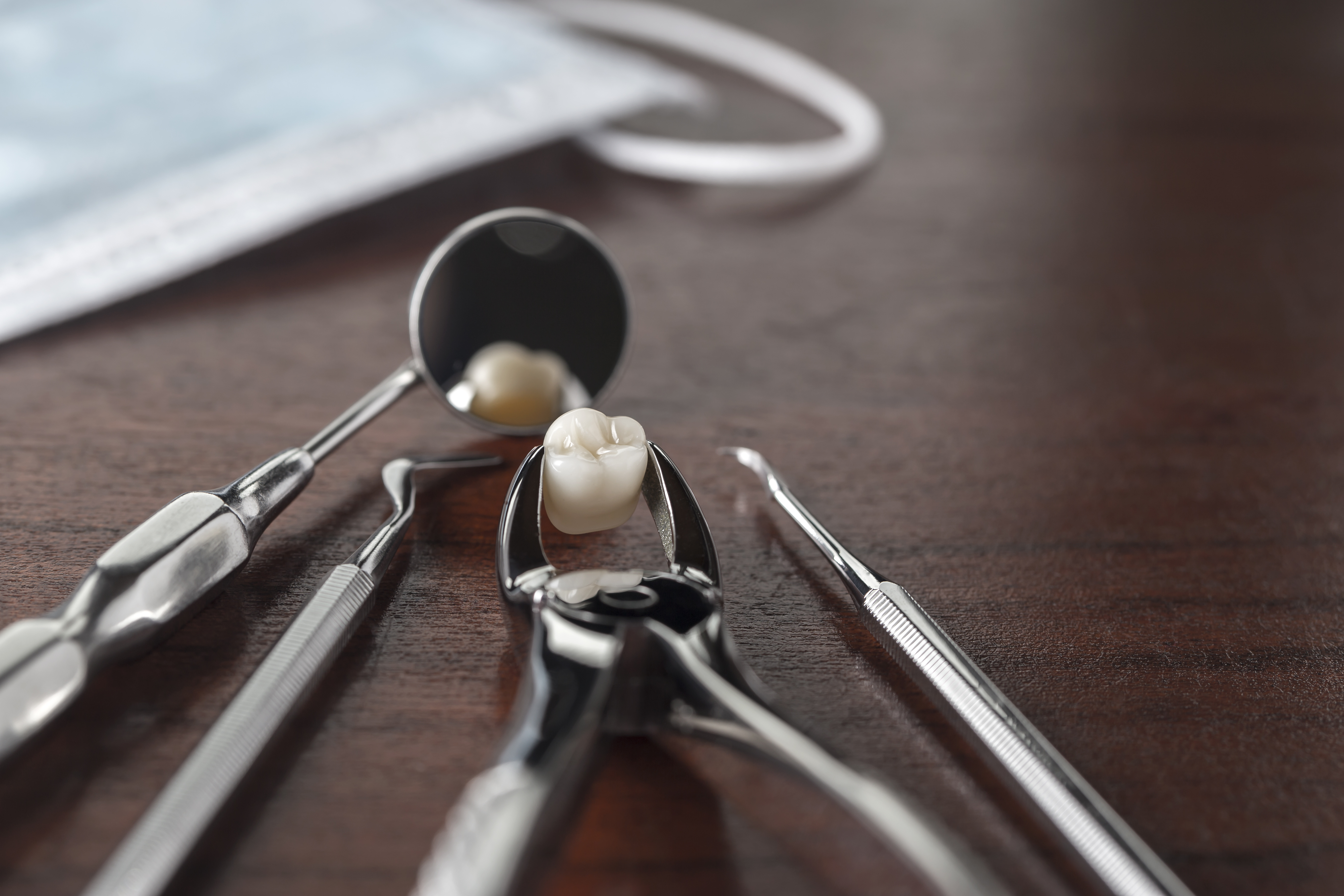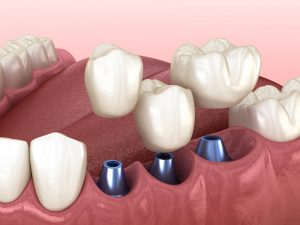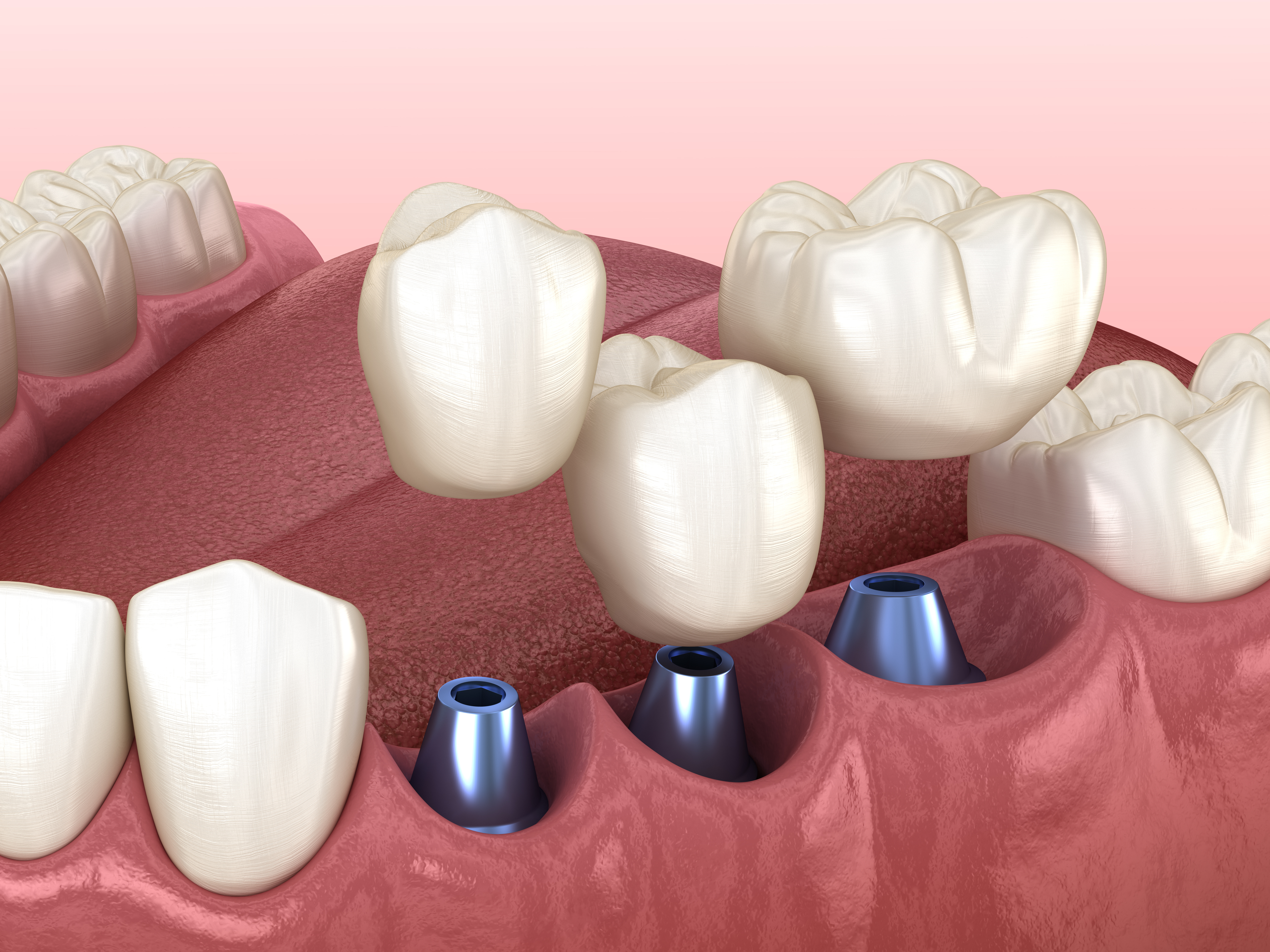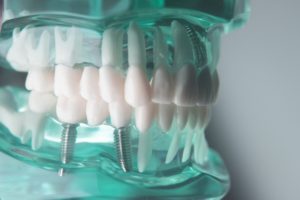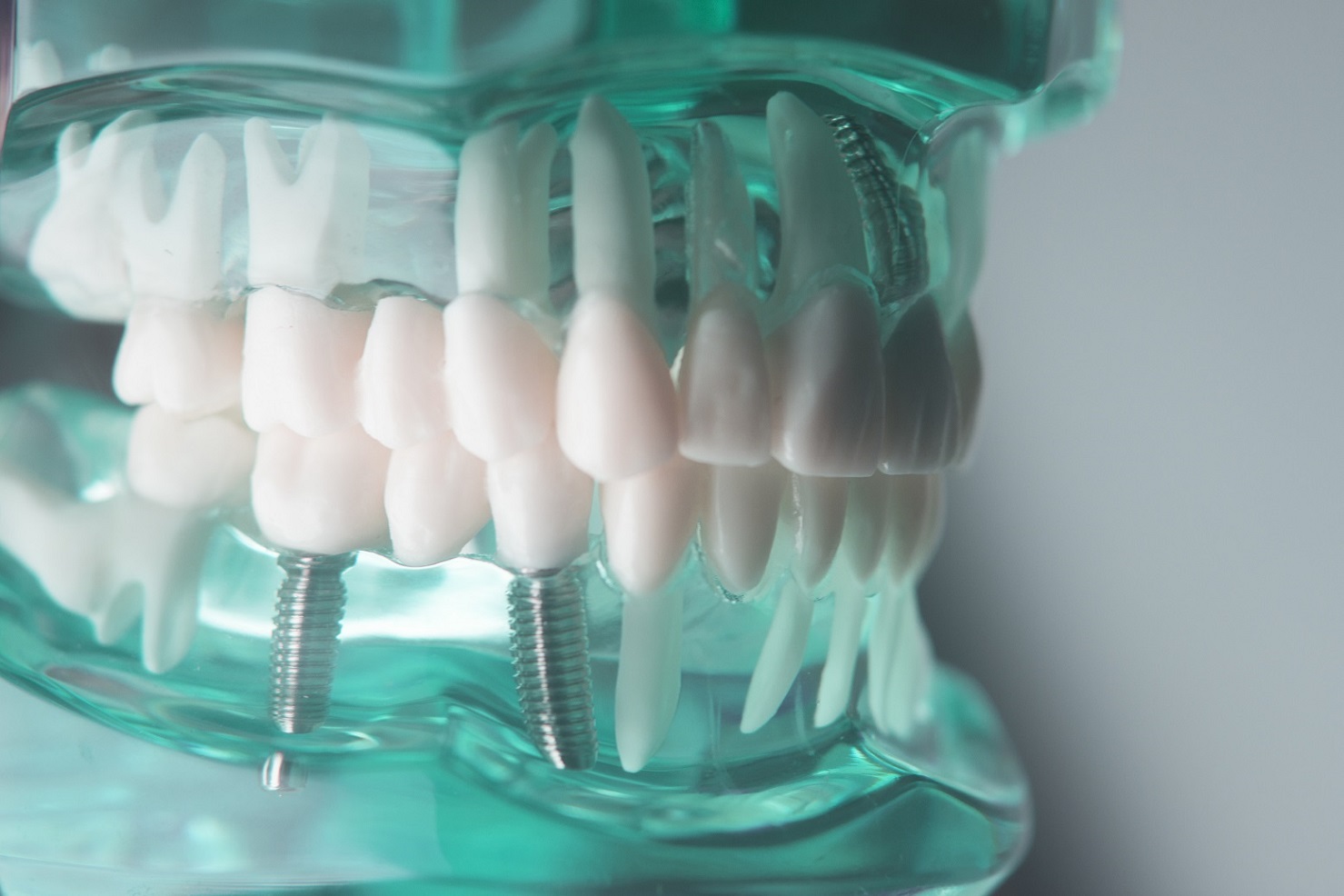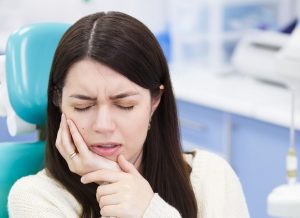 When a tooth’s interior structures become decayed (infected by oral bacteria), the intense tooth pain that comes with it will likely warn you of trouble before you even visit your dentist. However, many patients in North Hollywood don’t realize that their pain is caused by internal tooth decay, or that root canal treatment is the only way to relieve it. Today, we take a brief look at the severity of internal tooth decay and the reason why you need root canal treatment to save your tooth.
When a tooth’s interior structures become decayed (infected by oral bacteria), the intense tooth pain that comes with it will likely warn you of trouble before you even visit your dentist. However, many patients in North Hollywood don’t realize that their pain is caused by internal tooth decay, or that root canal treatment is the only way to relieve it. Today, we take a brief look at the severity of internal tooth decay and the reason why you need root canal treatment to save your tooth.
The Threat of Tooth Decay
Tooth decay is a progressive infection in your tooth structure caused by certain types of harmful oral bacteria (found abundantly in plaque). These bacteria erode your tooth structure after weakening and damaging your tooth enamel. When it’s caught early, the decay can often be removed and your tooth restored with a custom, tooth-colored filling. However, if you hesitate to treat your decay, then it can reach the pulp chamber at the center of your tooth, which is where the nerves and blood vessels are housed. These tissues also extend into the tooth’s root canal that rests within your jawbone.
The Point of Root Canal Treatment
When your tooth’s pulp tissues become infected, including the nerves, the pain of your condition can increase dramatically. That’s because your tooth is in much more danger than before; if not addressed, the infected tissues can spread the decay through the tooth root and into the surrounding tissues. Fortunately, your dentist can stop this from happening by performing root canal treatment to remove the internal decay and restore the tooth’s health, strength, and integrity. Otherwise, the tooth may need to be extracted and you could require more extensive reconstructive treatment to address the problem.
Find Out if You Need Root Canal Treatment
If your tooth is stricken with severe tooth decay, then you could need root canal treatment to save it. For more information, schedule a consultation by calling Modern Smile in North Hollywood, CA, today at 818-763-9353. We also proudly serve patients who live in Burbank, Toluca Lake, and all surrounding communities.






